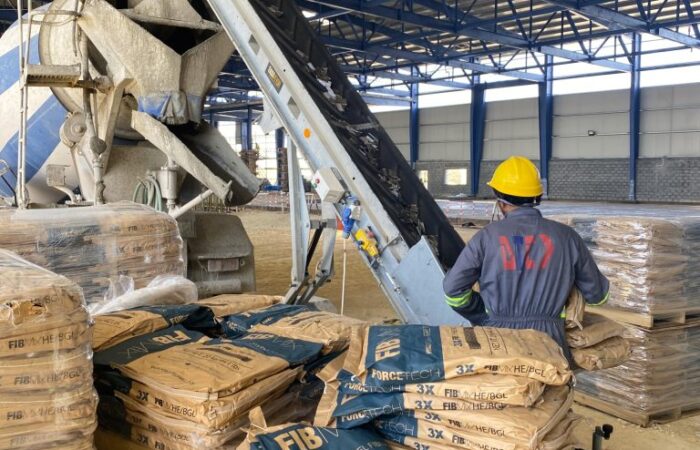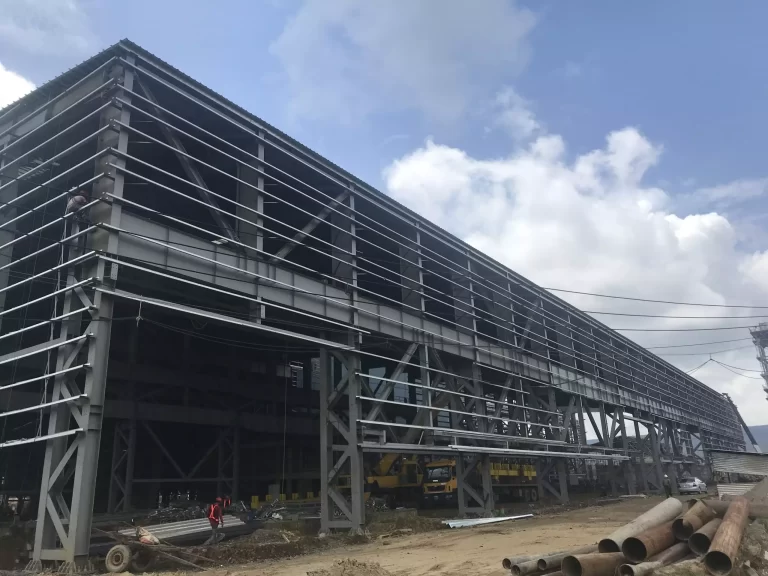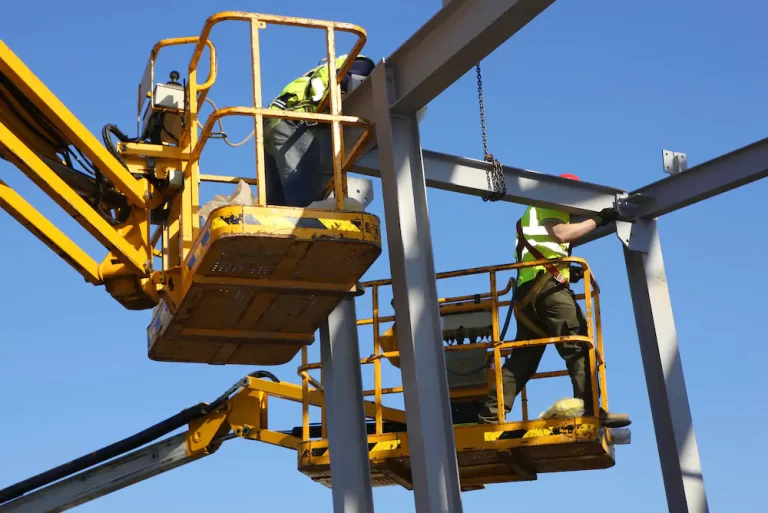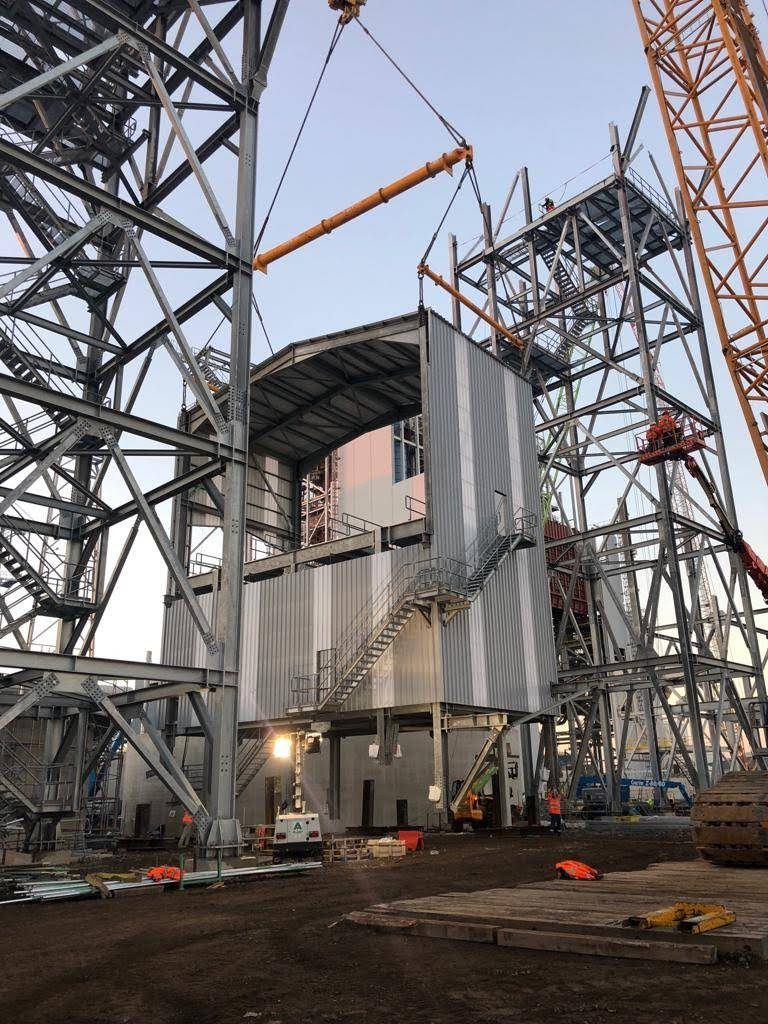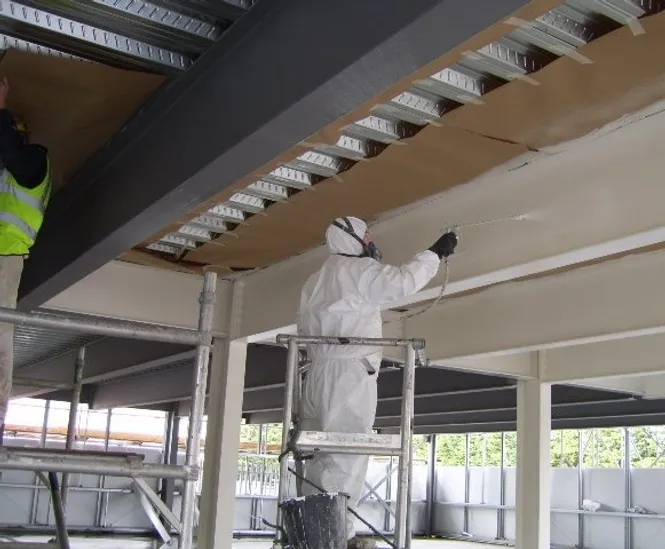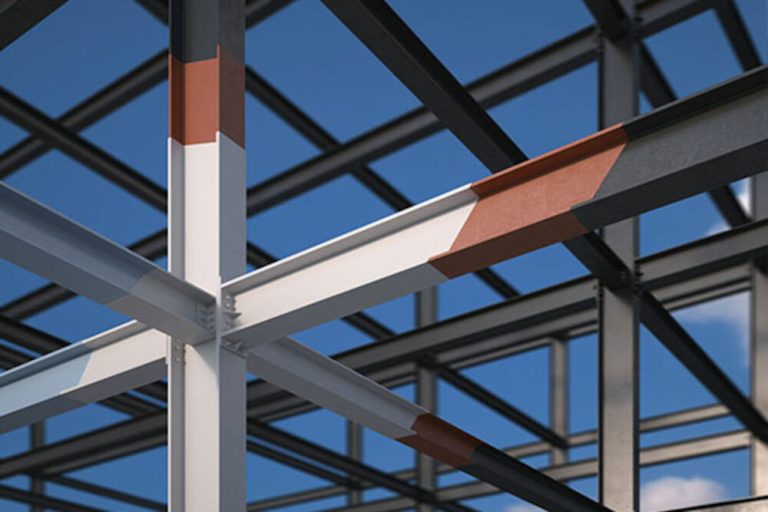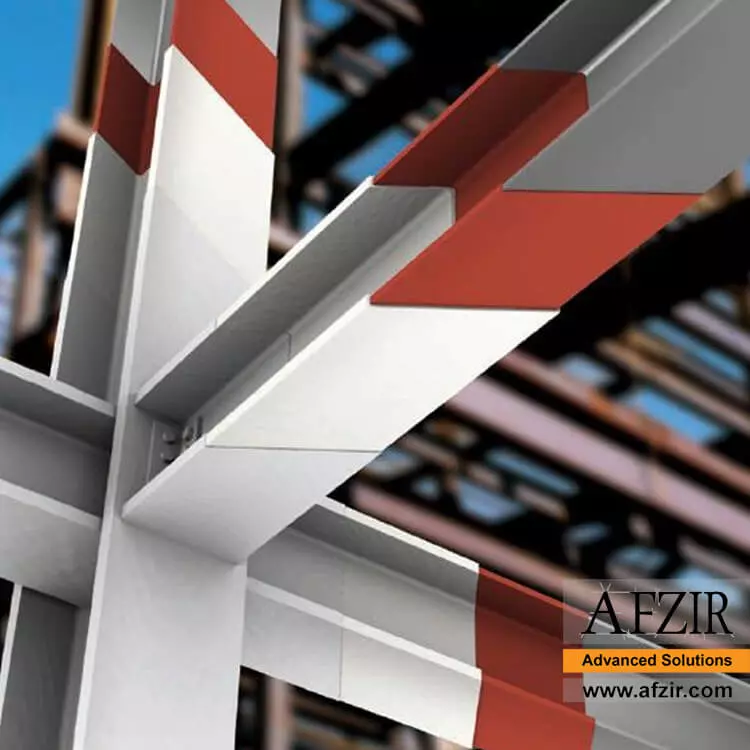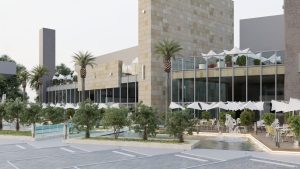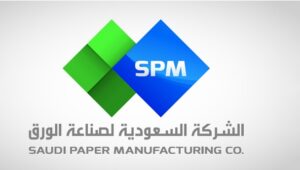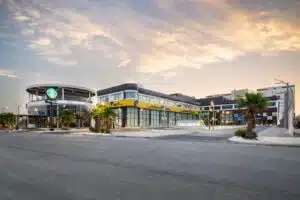Growth is the ultimate aim, and nothing should stand in the way of you accomplishing it. More businesses continue to concentrate on specific consumer markets as technology improves thanks to breakthroughs and inventions in the construction industry, which has greatly increased the use of steel fibers globally. Over the past 10 years, several million m2 of steel-fiber-reinforced slabs have been put in place in the United Kingdom for both pile-supported and ground-supported floors.
Steel fiber is a term used to describe discrete, short length of steel having ratio of its length to diameter (i.e. aspect ratio) in the range of 20 to 100 with any of the several cross-sections, and are sufficiently small to be easily and randomly dispersed in fresh concrete mix using conventional mixing procedure. Steel has traditionally been the preferred material for tensile reinforcement in concrete. Fibers are thin, short, and dispersed randomly throughout the concrete member, in contrast to traditional reinforcing bars, which are specifically designed and positioned in the tensile zone of the concrete component. Steel fibers have continuously been present in friction material as metal reinforcement and when mixed into the concrete can provide a better alternative to the provision of conventional steel bars or welded fabric in some applications.
Steel Fiber Reinforced Concrete (SFRC) is a structural material characterized by a significant residual tensile strength in the post-cracking region and an improved ability to absorb strain energy due to fiber bridging mechanisms across the crack surface. SFRC is produced using the conventional hydraulic cements, fine and coarse aggregates, water, and steel fibers. A particular quantity of steel fiber in concrete can lead to qualitative changes in the concrete’s physical characteristics, considerably enhancing resistance to cracking, impact, fatigue, and bending, as well as other attributes including tenacity and durability.
Concrete’s strength, hardness, stress resistance, and fracture management are all enhanced by the tightly spaced fibers. The degree of mechanical property improvement achieved with SFRC over plain concrete depends on several factors including the shape, size, volume, percentage, and distribution of fibers. SFRC is being used in structures such as flooring, housing, precast, bridges, tunneling, heavy duty pavement, and mining. There has been considerable research on the mechanical behavior of SFRC in recent years. The past research results indicate that the SFRC has relatively good properties in comparison with the normal concrete.
Therefore, it is discovered that SFRC is a versatile material for the production of a wide variety of precast products, such as manhole covers, slab elements for bridge decks, highways, runways, and tunnel linings, machine foundation blocks, door and window frames, piles, coal storage bunkers, grain storage bins, stairways, and break waters.
Concrete floors are increasingly being reinforced with short, thin strands of steel fiber. These fibers are sometimes used alone, and other times they are utilized in combination with conventional steel reinforcement.
They appear in ground-supported slabs and in composite steel deck slabs. In ground-supported slabs they are used to control cracks, to allow greater joint spacing, and to justify thinner slabs. In composite steel deck-slabs, fibers can replace traditional wire mesh to control shrinkage cracks.

